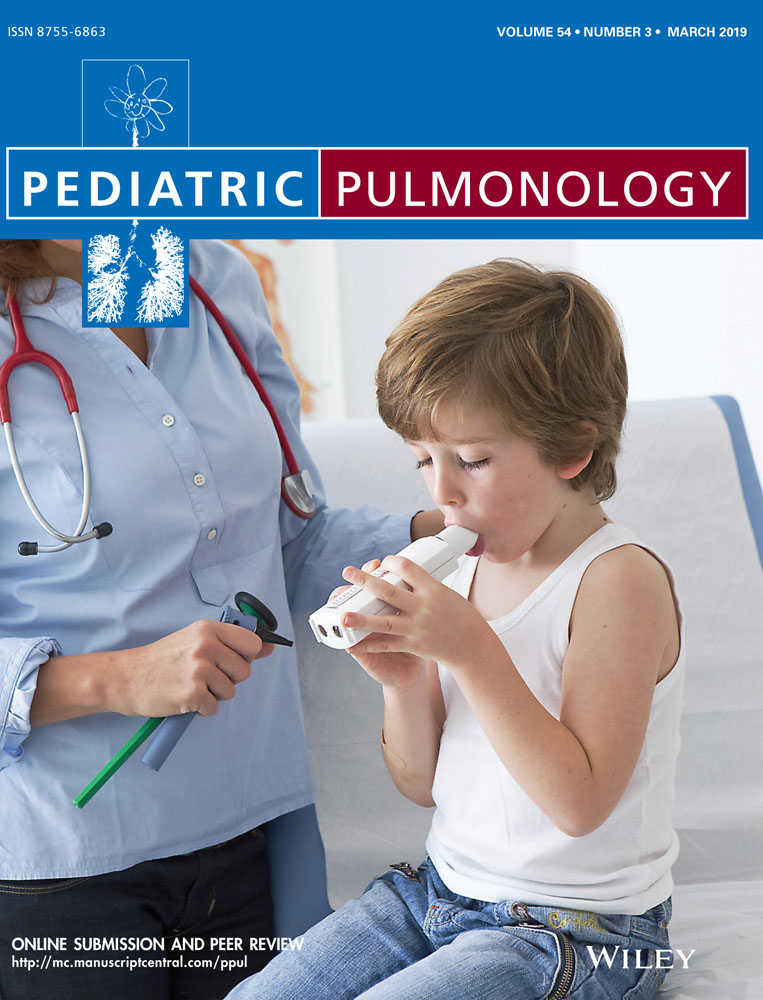Comparison of two sweat test systems for the diagnosis of cystic fibrosis in newborns
Abstract
Objectives
In the national newborn screening programme for CF in Switzerland, we compared the performance of two sweat test methods, by investigating the feasibility and diagnostic performance of the Macroduct® collection method (with chloride mesurement) and Nanoduct® test (measuring conductivity) for diagnosing CF.
Study-Design
We included all newborns with a positive screening result between 2011 and 2015 who were referred to a CF-centre for sweat testing. In the CF-centre, a Macroduct and Nanoduct sweat test were performed simultaneously. If sweat test results were positive or borderline, a DNA analysis was performed. Final diagnosis was based on genetic mutations.
Results
Over 5 years, 445 children were screened positive and in 413 (114 with CF) at least one sweat test was performed (median age at first test, 22 days); both tests were performed in 371 children. A sweat test result was more often available with the Nanoduct compared to the Macroduct (79 vs 60%, P < 0.001). The Nanoduct was equally sensitive as the Macroduct in identifying newborns with CF (sensitivity 98 vs 99%) but less specific (specificity 79 vs 93%; P-value comparing ROC curves = 0.033).
Conclusions
This national multicentre study revealed high failure rates for Macroduct and Nanoduct in newborns in real life practice. While this needs to be addressed, our results suggested that performing the Nanoduct in addition to the Macroduct might speed up the diagnostic process because it more often yields valid results with comparable diagnostic performance. The addition of the Nanoduct sweat test can therefore help to reduce the stressful time of uncertainty for parents and to start appropriate treatment earlier.
CONFLICTS OF INTEREST
There are no conflicts of interest for any of the authors.




